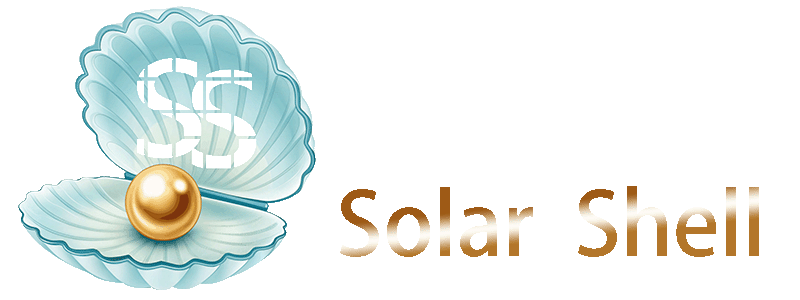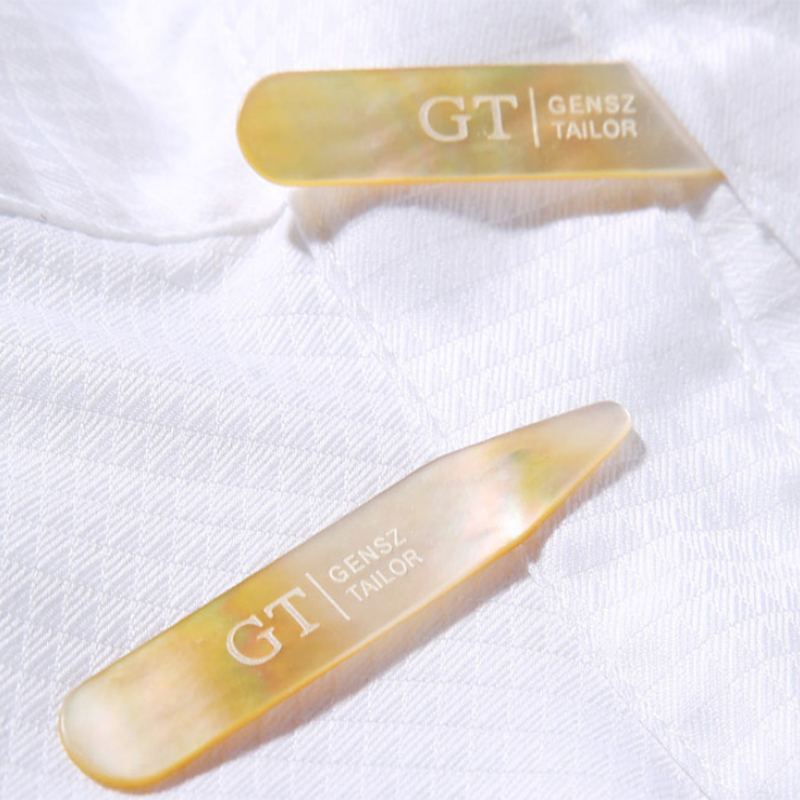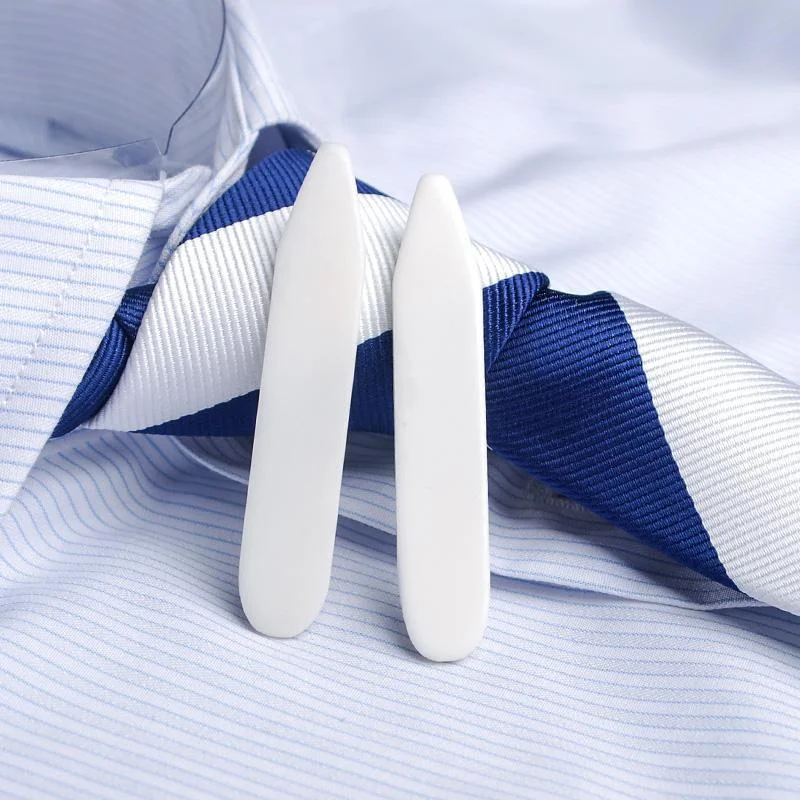why is mother of pearl so expensive?
Wondering about the high price tag on mother of pearl items? Its beauty is undeniable, but the cost can seem steep. Understanding the intricate factors involved reveals its true value.
Mother of pearl’s expense is driven primarily by the intensive, non-mechanized manual labor required for processing, increasing raw material costs due to demand and regulations, and higher harvesting/import costs for rarer saltwater varieties.

Mother of pearl kicchen backsplash
The captivating shimmer of mother of pearl comes at a cost, reflecting its journey from ocean depths to exquisite surfaces. To truly appreciate its value, let’s delve into what this material is, its unique qualities, the different types, and the specific factors driving its price.
what is mother of pearl?
Heard the term "mother of pearl" but unsure exactly what it is? It’s easily confused with pearls themselves. Let’s clarify this remarkable natural substance provided by nature.
Mother of pearl, also known scientifically as nacre, is the hard, iridescent, protective inner layer found lining the shells of certain mollusks, such as oysters, abalone, and mussels.

Freshwater mother of pearl shells
Nacre is a composite material meticulously secreted by the mollusk’s mantle tissue. It’s primarily composed of microscopic hexagonal platelets of aragonite (a form of calcium carbonate) layered between thin sheets of organic polymers like conchiolin. This layered structure is key to its properties. While pearls are formed when an irritant gets coated by nacre inside the mollusk’s soft tissue, mother of pearl is the established lining of the shell itself. It serves to protect the mollusk from parasites and irritants by creating a smooth, strong internal surface. At Solar Shell, we value this natural process, sourcing high-quality shells sustainably to create our luxury surfaces. Its formation is a slow, natural wonder.
what is special about mother of pearl?
Beyond its obvious beauty, what makes mother of pearl truly stand out? Many materials shimmer. Discover the unique combination of properties that elevates MOP to a prized material.
Its distinctive iridescence (play-of-color), exceptional strength relative to its thinness, inherent natural uniqueness in pattern, and historical significance make mother of pearl genuinely special.

Mother of pearl mosaic tiles
The most captivating feature is its iridescence. This mesmerizing optical effect arises because the aragonite platelets are similar in thickness to the wavelengths of visible light. Light waves reflecting off different layers interfere, creating the shifting colors we admire. Secondly, despite being thin, nacre is incredibly strong and resilient due to its ‘brick-and-mortar’ microstructure – the hard aragonite ‘bricks’ held by flexible biopolymer ‘mortar’. This makes it durable for various applications. Furthermore, as a natural product, each piece is unique, with subtle variations in color, pattern, and luster. This inherent individuality adds to its charm and value. Historically, it’s been used for centuries in decorative arts, jewelry, and inlay, signifying luxury and refinement across cultures.
how many types of mother of pearl ?
Noticed that mother of pearl appears in various shades and patterns? The source mollusk greatly influences the look. Let’s explore the common types you might encounter.
Key types include White MOP (from Pinctada maxima), Black MOP (Pinctada margaritifera), versatile Freshwater MOP, vibrant Abalone, and delicate Pink Shell, each offering distinct aesthetics.

Yellow raw mother of pearl shells

Black mother of pearl

Pink mother of pearl raw shells
The world of mother of pearl is diverse, with different species yielding unique characteristics:
- White Mother of Pearl: Sourced mainly from the Gold-lipped or Silver-lipped oyster (Pinctada maxima), found in Australia, Indonesia, and the Philippines. Known for its silvery-white luster, often with subtle golden or rosy overtones.
- Black Mother of Pearl: Comes from the Tahitian black pearl oyster (Pinctada margaritifera), primarily from French Polynesia. Features darker body colors ranging from silvery grey and greenish to deep black, often with vibrant peacock-like iridescence.
- Freshwater Mother of Pearl: Harvested from various freshwater mussels, often farmed in China and the US. Typically whiter or creamier, sometimes less intensely iridescent than saltwater varieties, but highly versatile and abundant.
- Abalone: Sourced from Abalone sea snails. Highly prized for its intense, swirling iridescence displaying blues, greens, purples, and pinks. Its harvesting is often strictly regulated.
- Pink Shell: Derived from species like Queen Conch (Strombus gigas). Offers delicate pink to peach hues, often with a subtle flame-like pattern.
As mentioned regarding cost, the rarity, harvesting difficulty, and import costs mean saltwater types like Abalone and Pink Shell are generally more expensive than White/Black MOP, which in turn are typically pricier than Freshwater MOP. Solar Shell works with various types to meet diverse design needs.
| Type | Primary Source Mollusk | Common Colors/Look | Relative Cost Indication |
|---|---|---|---|
| White MOP | Pinctada maxima | Silvery-white, subtle overtones | High |
| Black MOP | Pinctada margaritifera | Grey, green, black, peacock iridescence | High |
| Freshwater MOP | Various Mussel Species | White, cream, sometimes dyed | Moderate |
| Abalone | Haliotis Species | Intense blues, greens, purples, swirls | Very High |
| Pink Shell | Strombus gigas (Conch), etc. | Pinks, peaches, subtle patterns | Very High |
Conclusion
Mother of pearl’s high cost reflects its intensive hand-crafting process, the value of a limited natural resource under regulation, and the premium placed on rarer, more difficult-to-source varieties.







